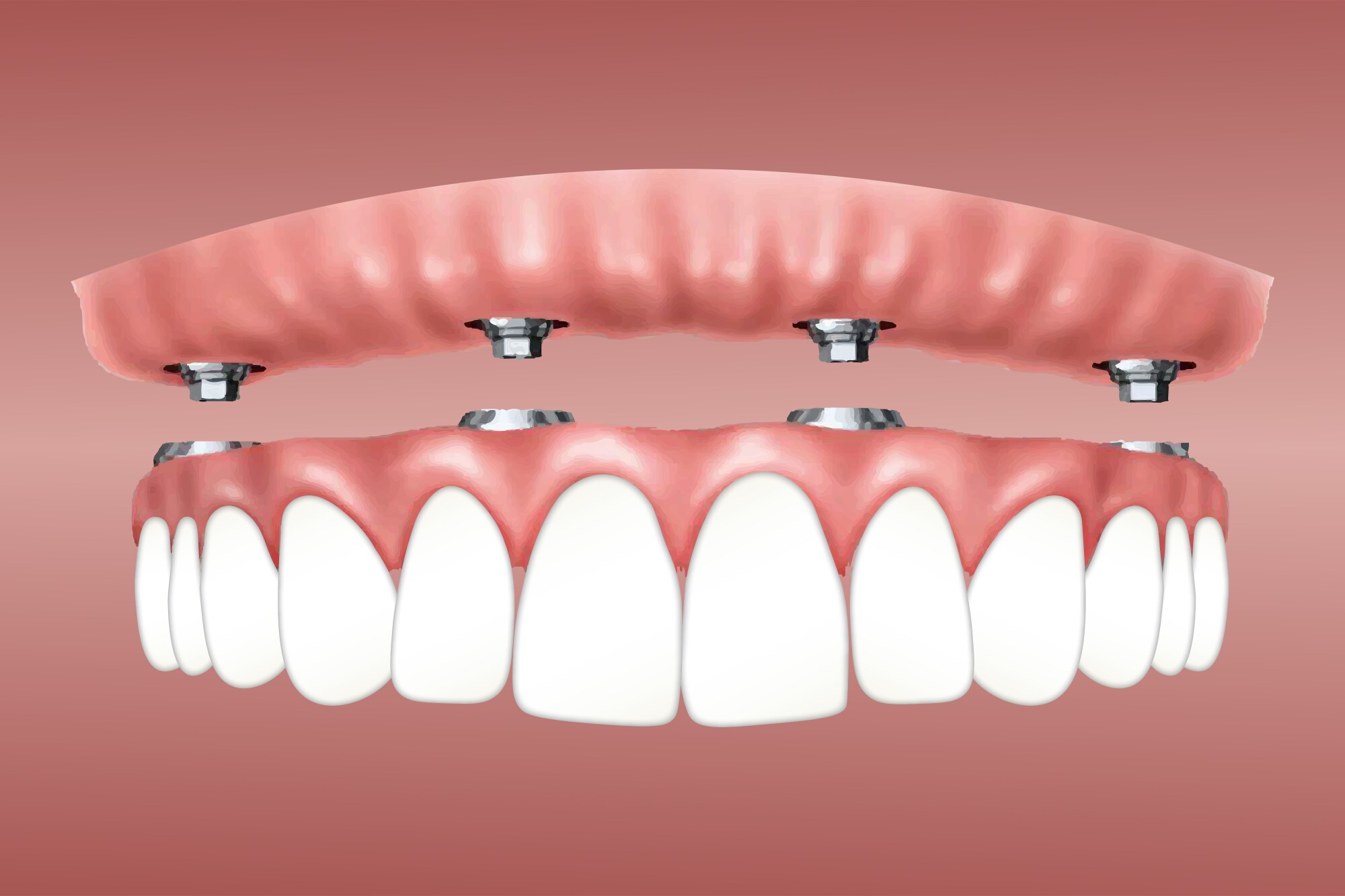Getting The Dental Sense To Work
Getting The Dental Sense To Work
Blog Article
7 Easy Facts About Dental Sense Shown
Table of ContentsThe Best Strategy To Use For Dental SenseAll about Dental SenseThe 45-Second Trick For Dental SenseGetting My Dental Sense To Work
are medical gadgets operatively implanted into the jaw to restore a person's capability to chew or their appearance. They give support for artificial (phony) teeth, such as crowns, bridges, or dentures. When a tooth is lost as a result of injury or condition, an individual can experience complications such as rapid bone loss, faulty speech, or modifications to eating patterns that result in pain.Oral implant systems include a dental implant body and dental implant abutment and may likewise include a joint fixation screw. Dental implants. The dental implant body is operatively inserted in the jawbone instead of the tooth's root. The oral implant abutment is typically connected to the dental implant body by the joint fixation screw and prolongs with gum tissues into the mouth to sustain the attached synthetic teeth
(https://www.ted.com/profiles/48604569/about)Structure of The Dental Implant System selecting oral implants, speak with your dental provider regarding the possible advantages and dangers, and whether you are a candidate for the procedure. Points to consider: Your general health is a vital aspect in figuring out whether you are a good prospect for dental implants, for how long it will certainly require to heal, and how much time the implant might stay in area.
Cigarette smoking may affect the healing process and lower the long-term success of the implant. The recovery process for the implant body might take a number of months or longer, throughout which time you usually have a short-lived abutment in location of the tooth. the oral implant procedure: Very carefully adhere to the dental hygiene directions provided to you by your oral provider.
All about Dental Sense
Implant failing can result in the demand for another operation to fix or replace the implant system. Restores the ability to eat Brings back cosmetic appearance Helps maintain the jawbone from diminishing due to bone loss Preserves the health and wellness of the bordering bone and periodontals Aids keep nearby (nearby) teeth steady Improves quality of life Damage to surrounding all-natural teeth during dental implant placement Injury to the surrounding tissues throughout surgery, such as sinus opening Injury throughout surgery (for instance, fracture of bordering jawbone) Inadequate feature, such as seeming like the teeth do not attack together typically A feeling that the tooth hangs or twisting in location resulting from a joint screw loosening Implant body failing (looseness of the implant body) as a result of systemic infection, which might be more probable in individuals with unchecked diabetes because of regional infection in bone and gum tissues supporting the dental implant body because of delayed healing, which might be more likely in individuals who smoke Trouble cleaning Read Full Article the gums around the implant, leading to bad oral hygiene Unattended gum disease Post-surgical numbness as a result of nerve impingement or damages Always alert health treatment carriers and imaging specialists that you have oral implants before any kind of magnetic resonance imaging (MRI) or x-ray treatments.
FDA is not familiar with any negative occasions reported for MRI or x-ray procedures with dental implants. Oral implants systems are normally made from materials that follow worldwide agreement criteria of the International Organization for Standardization (ISO) or ASTM International. These standards have details of what makes a secure product.

A dental implant is a framework that replaces a missing out on tooth. With screw-like tools, the doctor inserts an implant right into the jawbone, and it acts as an anchor for a synthetic tooth, called a crown.
Dental Sense for Beginners
Some individuals are not qualified for dental implant surgery. It is for oral doctors to operate individuals with: intense illnessuncontrollable metabolic diseasebone or soft tissue condition or infectionIf these concerns are resolved, a person can have the surgical procedure. In, dental specialists avoid running on individuals with: If individuals with any of the above go through oral implant surgery, there is a higher threat of the implant failing.

Dental implant surgical procedure is an individualized process. It's not the very same for everyone. Yet the adhering to offers a general summary of what you can anticipate your dentist, oral surgeon, periodontist or prosthodontist to do: Position the implant operatively. Provide you time to heal. Connect the post and last crown, bridge or denture.
Next off, your cosmetic surgeon will meticulously position the oral implant into your jaw. Finally, your surgeon will rearrange your periodontals and shut the cut with stitches. If your implant is near the front of your mouth, your dental professional will make a temporary tooth for you to use until you heal. In this way, you will not have a gap in your smile while you recover.
The Of Dental Sense
During the healing stage, your jawbone should fuse to the oral implant. This process can take anywhere from three to nine months.
When your dental implant heals, your dental practitioner can affix the joint (small connector article) and your final repair (crown, bridge or denture). This normally takes about one hour to finish and may require a 2nd small surgical treatment. You shouldn't feel any discomfort during your oral implant treatment because your service provider will make use of drug to numb your gums.
Report this page